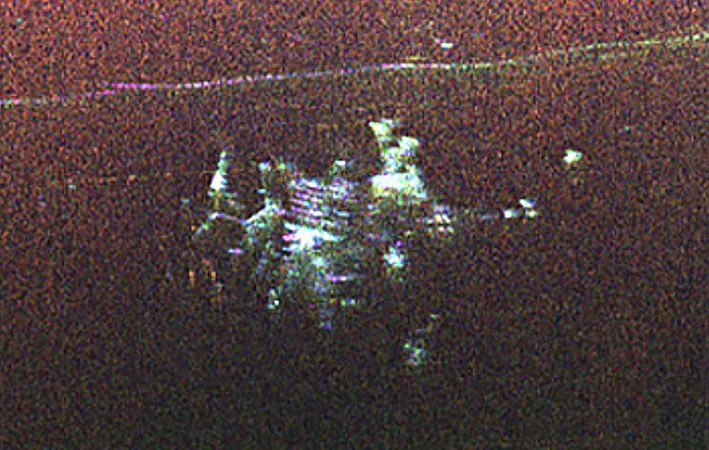
Unveiling Secrets: A Hidden Cold War Military Base Beneath Arctic Ice Surfaces in Stunning Radar Images!
2024-11-25
Author: Amelia
In an astonishing discovery, radar images captured by NASA scientists have revealed the remnants of a long-forgotten military installation buried beneath the Greenland Ice Sheet. Chad Greene, a prominent scientist at NASA, along with his engineering team, initially found it hard to comprehend what they were witnessing during a flight over northern Greenland in April.
Traveling about 150 miles east of Pituffik Space Base—once known as Thule Air Base, the northernmost U.S. military installation—the aircraft’s radar system unearthed unexpected structures lying hidden under thick ice and snow. "We didn’t know what it was at first," reflected Alex Gardner from NASA's Jet Propulsion Laboratory (JPL). The radar imagery unveiled an extensive layout of a large structure deep within the frozen terrain, prompting a deeper investigation.
Camp Century: A Cold War Enigma Resurfaces
The newly confirmed structure was identified as Camp Century, a covert U.S. Army base established in 1959. Nestled within the Greenland Ice Sheet, this base served as a testing ground for nuclear missile deployment. Unfortunately, after only eight years in operation, Camp Century was abandoned, burying its complex of tunnels and facilities under approximately 100 feet of accumulating ice. The base, nicknamed the "city under the ice," has largely faded from collective memory—until now.
This revelation isn't entirely unprecedented; airborne surveys over the years have hinted at the site’s existence through ground-penetrating radar, but the details remained elusive. However, in this recent endeavor, Greene and his team utilized advanced technology known as the Uninhabited Aerial Vehicle Synthetic Aperture Radar (UAVSAR), mounted to their Gulfstream III aircraft, which provided unprecedented clarity of the structures lying beneath the ice.
Vivid Structures and Future Concerns
Thanks to this advanced imaging capability, distinct features of Camp Century have come to light, which have not been visible in previous radars. The research team was able to correlate the newly acquired images with historical maps of the base, revealing an intricate web of tunnels and other critical infrastructure.
While the depths of these remnants pose no immediate risk, emerging concerns linger regarding the potential exposure of hazardous materials from the Cold War era as climate change continues to accelerate the melting of the Greenland Ice Sheet. The radar analysis indicates that the ice bed lies nearly a mile beneath the surface, safely below the level at which Camp Century sits. However, the ongoing thaw raises red flags about the future of the site, where radioactive and chemical waste may still be entombed, waiting to surface as the ice recedes.
Greene emphasizes the importance of this discovery for ongoing climate research, as understanding the ice sheets' dynamics is crucial for predicting future sea level rise in our warming world. The compelling radar imagery was later highlighted as NASA’s Image of the Day on November 25, 2024, drawing attention to the intersection of historical military endeavors and current environmental challenges.
In conclusion, while the hidden Cold War remnants have resurfaced, they serve not only as a window into the past but also as a crucial reminder of the pressing threats posed by climate change. Future monitoring and research will be essential to ensure that this relic does not bring with it hidden dangers when exposed to the warming climate. Stay tuned for further breakthroughs that unveil our planet's secrets!

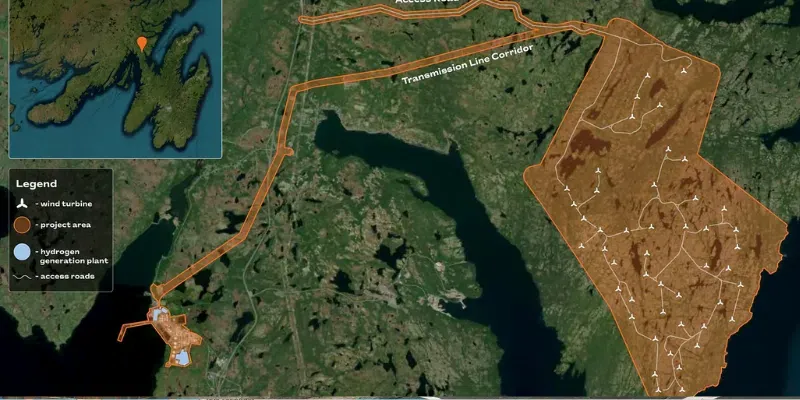



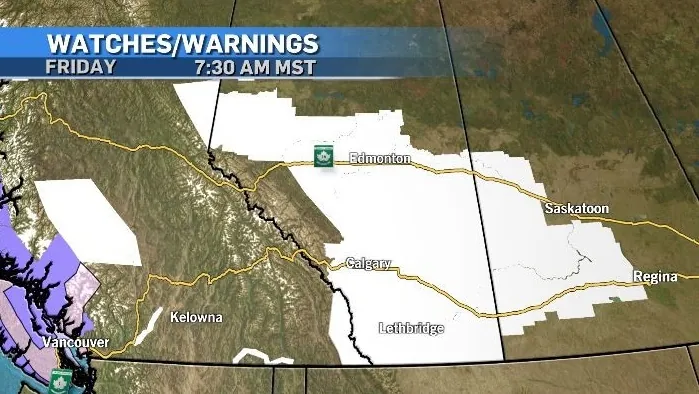

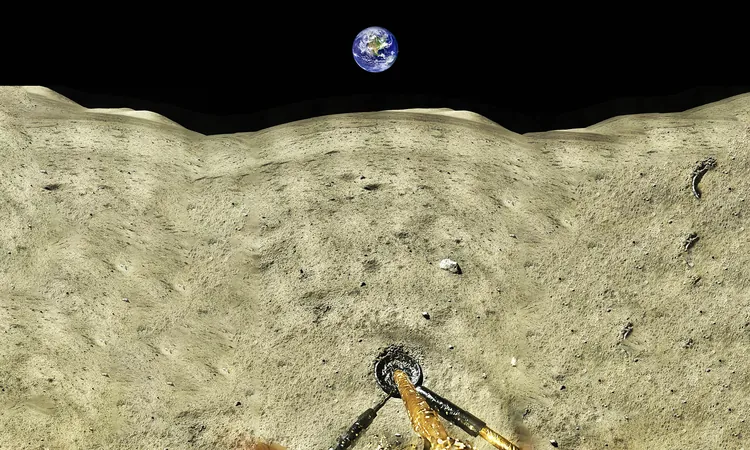
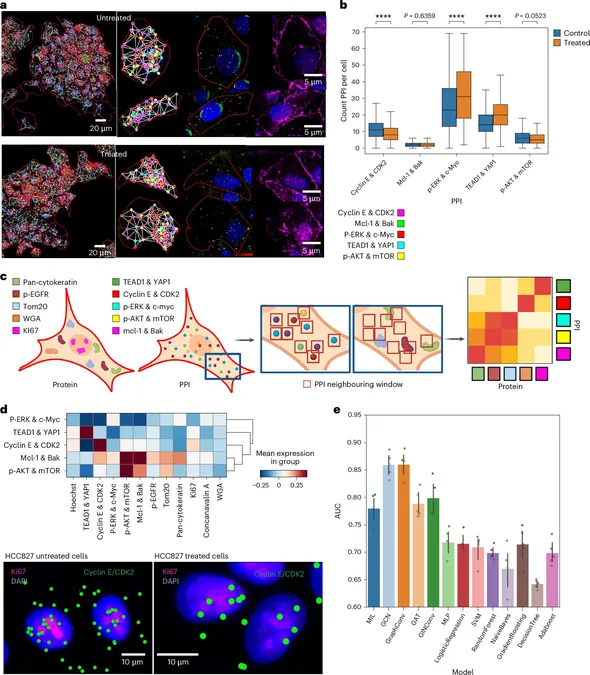
 Brasil (PT)
Brasil (PT)
 Canada (EN)
Canada (EN)
 Chile (ES)
Chile (ES)
 España (ES)
España (ES)
 France (FR)
France (FR)
 Hong Kong (EN)
Hong Kong (EN)
 Italia (IT)
Italia (IT)
 日本 (JA)
日本 (JA)
 Magyarország (HU)
Magyarország (HU)
 Norge (NO)
Norge (NO)
 Polska (PL)
Polska (PL)
 Schweiz (DE)
Schweiz (DE)
 Singapore (EN)
Singapore (EN)
 Sverige (SV)
Sverige (SV)
 Suomi (FI)
Suomi (FI)
 Türkiye (TR)
Türkiye (TR)